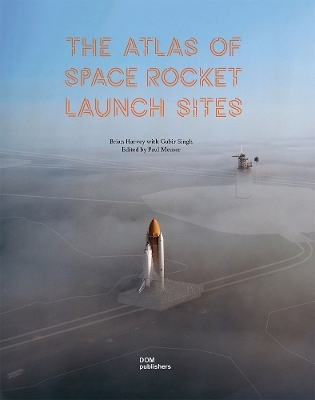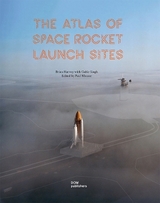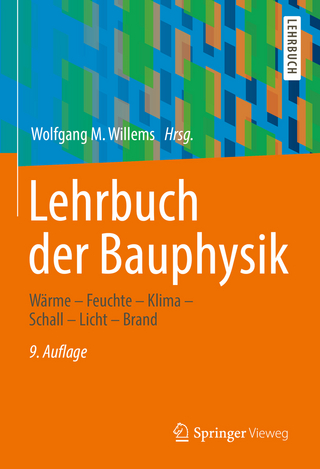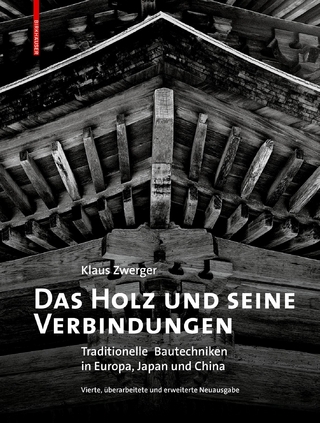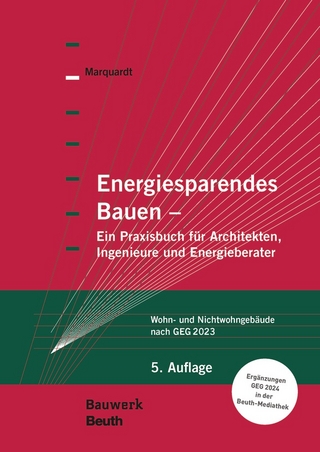The Atlas of Space Rocket Launch Sites
DOM publishers (Verlag)
978-3-86922-758-0 (ISBN)
This title is the first of its kind: An atlas of all major sites where space rockets have been launched since the World’s first Sputnik in 1958. On 272 pages, the author Brian Harvey and his co-author Gurbir Singh showcase the steps of space travel as they have never been presented before. Detailed maps allow deep insights to places which are restricted to the public. This book offers a unique look at the physical footprints of Earth’s launch sites. With most places hidden away in jungles, deserts, or amid the Central Asian steppes, these places exist for the most part out of the eye of the general public. With satellites facilitating our modern society and a modern space age ever-present in today’s news cycle, it is now more important than ever to think about the imprint these undertakings leave on Earth. To begin to answer the new socio-economic questions raised by our rapid expansion into the void, we need to look no further than the cracks in the concrete of our planetary launch sites. The rusty train tracks leading to the pads break the pristine and sterile look of space and reopen our eyes to the realities of space exploration.
Brian Harvey is a writer and broadcaster on spaceflight who lives in Dublin, Ireland. He has a degree in history and political science from the University of Dublin (Trinity College) and an MA from University College Dublin. His first book was Race into Space – The Soviet Space Programme (Ellis Horwood, 1988), followed by further publications on the Russian, Chinese, European, Indian, and Japanese space programmes. He has broadcast on BBC, Canadian Broadcasting Corporation (CBC), Voice of America, and China Television (Dialogue - ideas matter). He has contributed to films by CBC (Mir), Danish television (closed ecological systems), and Australian television (the H-II Japanese rocket), subsequently shown on the Discovery channel. He is a Fellow of the British Interplanetary Society (FBIS) and co-chaired its annual Sino-Russian forum for a number of years.
Gurbir Singh is a UK-based non-fiction writer specialising in space. He studied science and computing and holds a science and an arts degree. Once keen on aviation, he has a private pilot’s licence for the UK, USA, and Australia. He has written articles for The Space Review, Go Taikonauts!, Journal of the British Interplanetary Society, and Spaceflight and has been interviewed for BBC Manchester, Deutsche Welle, and the BBC World Service. In late 2018, he stopped working full time as a cyber security consultant to spend more time on his writing. He is also the publisher of the website www.astrotalkuk.org, a not-for-profit astronomy podcast established in 2008.
Paul Meuser is a researcher and artist dealing with both the interstellar ambitions and earthly artifacts of humanities leap into space. Born in 1996 in Berlin, Germany, he holds a BFA with a concentration in ‘computation, technology, and culture’ from the Rhode Island School of Design, and an MArch from the Yale School of Architecture. In 2019, he published the Architectural Guide Moon, exploring the first permanent human footprints on our grey neighbour. Together with the Yale Centre for Collaborative Arts and Media and the Massachusetts Institute of Technology (MIT), he took part in an experimental ZeroG flight with scientists and artists. Experiencing the absence of gravity on oneself was truly eye-opening, connecting research and the experience itself. His earthly work focuses on robotics and its applications beyond their conventional uses. His most recent explorations dealt with the use of soft robotics to introduce age and mortality into machines and satellites. He currently works as an architect and design engineer in Tunisia.
| Erscheinungsdatum | 31.10.2022 |
|---|---|
| Co-Autor | Gurbir Singh |
| Mitarbeit |
Karten von: Katrin Soschinski |
| Verlagsort | Berlin |
| Sprache | englisch |
| Maße | 240 x 300 mm |
| Themenwelt | Technik ► Architektur |
| Schlagworte | Architektur • Raumfahrt • Raumfahrtgeschichte |
| ISBN-10 | 3-86922-758-3 / 3869227583 |
| ISBN-13 | 978-3-86922-758-0 / 9783869227580 |
| Zustand | Neuware |
| Haben Sie eine Frage zum Produkt? |
aus dem Bereich
